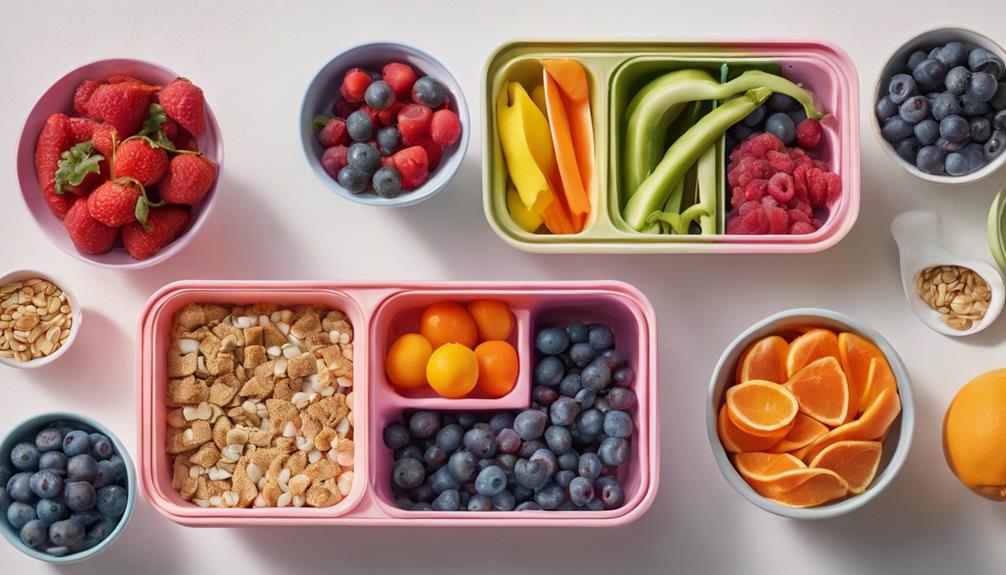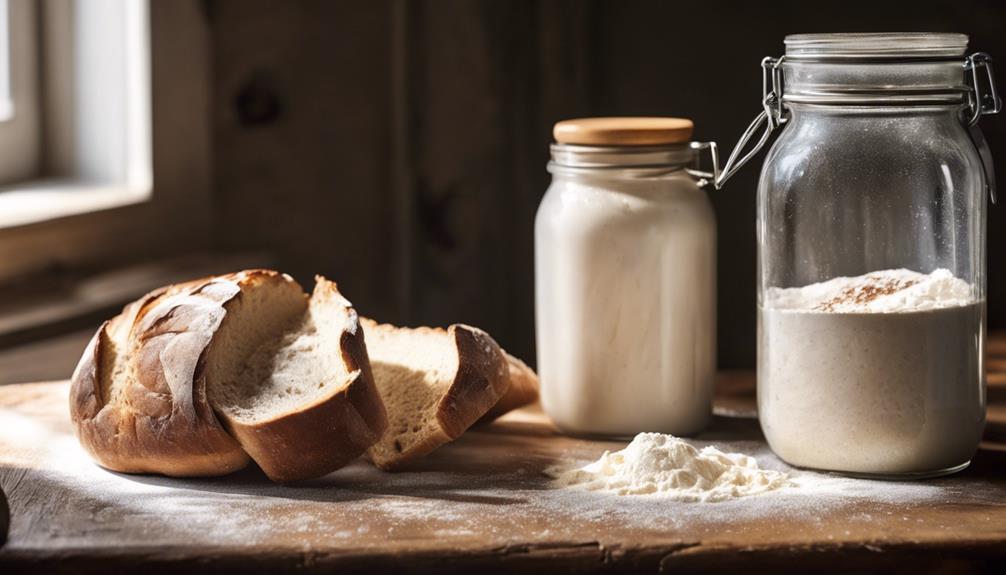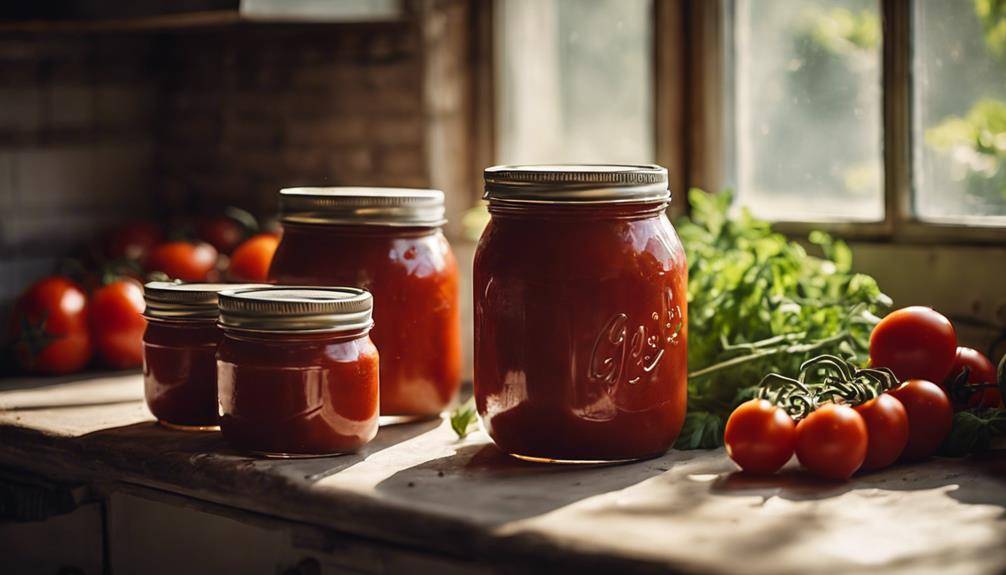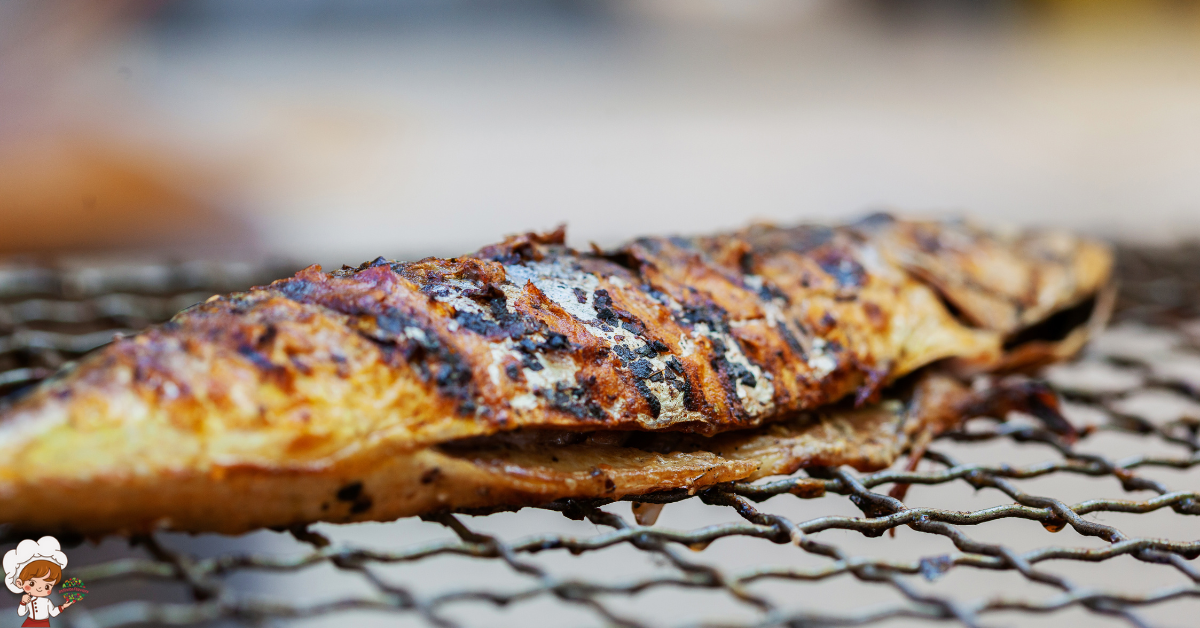Expert Techniques for Perfectly Grilled Beef Steaks
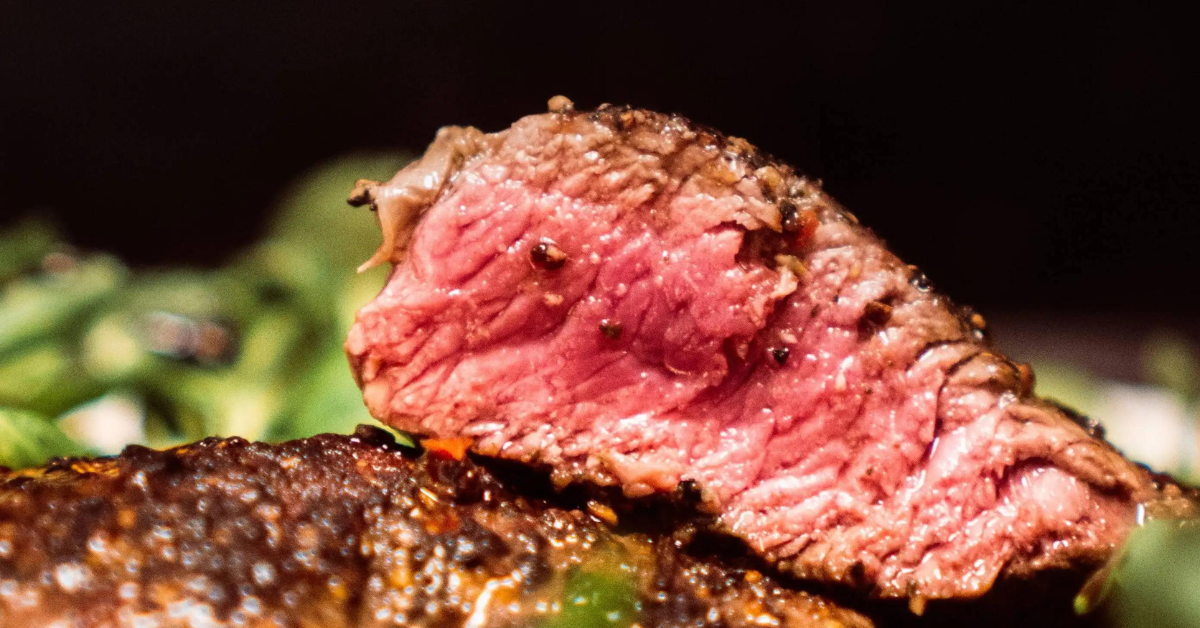
Perfectly Grilled Beef Steaks; Are you ready to master the art of grilling the perfect beef steak? Look no further than these expert techniques that will elevate your grilling game to a whole new level. In this guide, we will walk you through the steps to achieve steak perfection, from selecting the right cut of beef to slicing it for optimal juiciness.
You’ll learn how to prepare and season your steaks for maximum flavor, as well as how to preheat and clean your grill for the best results. With our grilling techniques tailored to different doneness levels, you’ll be able to cook your steak to perfection every time. So get your apron on and let’s dive into the world of perfectly grilled beef steaks!
Choosing the Right Cut
To choose the right cut of beef for grilling, consider your personal preferences and the level of tenderness you desire. One important factor to consider is the marbling of the meat. Marbling refers to the fat that is interspersed throughout the muscle fibers. It contributes to the flavor, juiciness, and tenderness of the steak. When choosing the right marbling, look for cuts with a good balance of fat and lean meat. Too much fat can make the steak greasy, while too little can result in a dry and tough texture. The ideal level of marbling will vary depending on your taste preferences.
Another crucial aspect to consider is the thickness of the steak. The thickness plays a significant role in determining the cooking time and the level of doneness. Thicker steaks take longer to cook and require a lower heat to ensure that the center is cooked to perfection without overcooking the exterior. On the other hand, thinner steaks cook quickly, making them suitable for those who prefer a rare or medium-rare doneness.
When selecting the appropriate thickness, consider the cooking method you plan to use. Thicker cuts are better suited for grilling over indirect heat, while thinner cuts can be cooked over direct heat for a shorter period. Additionally, thicker steaks tend to retain more moisture and have a more substantial mouthfeel, while thinner steaks can be more tender and cook more evenly.
Preparing the Steaks
Now that you have chosen the right cut of beef for grilling, it’s time to prepare the steaks for cooking. Properly preparing your steaks is key to achieving that mouthwatering, tender, and flavorful result. There are two essential techniques you can use to enhance the texture and taste of your steaks: marinating and tenderizing.
Marinating is a process where you soak your steaks in a flavorful liquid mixture to add moisture, tenderness, and flavor. To marinate your steaks, start by choosing a marinade that complements the cut of beef you have selected. A basic marinade usually consists of an acid component, such as vinegar or citrus juice, oil, herbs, and spices. You can also experiment with adding ingredients like soy sauce, Worcestershire sauce, or even beer for added complexity. Place your steaks in a resealable plastic bag and pour the marinade over them, ensuring they are fully submerged. Allow the steaks to marinate in the refrigerator for at least 30 minutes, but ideally overnight for maximum flavor penetration.
Tenderizing your steaks is another technique that can greatly improve their texture. Tenderizing breaks down the connective tissues in the meat, resulting in a more tender and juicy steak. There are various methods you can use to tenderize your steaks, including using a meat mallet, a tenderizing marinade, or even natural enzymes found in certain fruits like pineapple or kiwi. Using a meat mallet, gently pound the steaks on both sides to break down any tough fibers. Alternatively, you can use a tenderizing marinade by combining ingredients like yogurt, buttermilk, or even papaya juice, which contain enzymes that naturally tenderize the meat. Simply let the steaks marinate in the tenderizing mixture for a few hours before grilling.
Seasoning for Maximum Flavor
For maximum flavor, you can enhance your grilled beef steaks by seasoning them with a variety of herbs, spices, and condiments. Seasoning is a crucial step in the grilling process as it adds depth and complexity to the taste of the meat. There are various marinating techniques and seasoning alternatives that you can explore to take your steaks to the next level.
One popular marinating technique is to create a flavorful marinade using a combination of ingredients. You can mix together soy sauce, Worcestershire sauce, minced garlic, and olive oil to create a delicious base for your steaks. Let the steaks marinate in this mixture for at least two hours, or overnight if possible, to allow the flavors to penetrate the meat.
Another option is to use dry rubs to season your steaks. Dry rubs are a mixture of herbs, spices, and sometimes sugar that is applied directly to the surface of the meat. Common ingredients in dry rubs include paprika, chili powder, garlic powder, onion powder, and black pepper. Simply massage the dry rub onto the steaks and let them sit for about 30 minutes before grilling.
If you prefer a simpler approach, you can opt for a basic seasoning of salt and pepper. While it may seem minimal, the combination of salt and pepper can bring out the natural flavors of the beef and create a delicious crust when grilled.
In addition to marinating and dry rubs, you can also explore seasoning alternatives such as barbecue sauce, steak sauce, or even a sprinkle of your favorite herbs and spices. These alternatives can add a unique twist to your steaks and elevate their taste.
Experiment with different marinating techniques and seasoning alternatives to find your preferred flavor profile. Remember to taste as you go and adjust the seasonings accordingly. With the right seasoning, your grilled beef steaks will be bursting with flavor and sure to impress your family and friends.
Preheating and Cleaning the Grill
Before grilling your beef steaks, it’s important to preheat your grill to the optimal temperature. This ensures that the steaks cook evenly and develop a delicious sear on the outside. Additionally, taking the time to properly clean your grill before each use not only helps prevent flare-ups but also ensures that your steaks won’t stick to the grates, resulting in a perfect release every time.
Optimal Grill Temperature
To achieve perfectly grilled beef steaks, ensure the grill’s temperature is optimal by preheating and cleaning it thoroughly. Follow these expert techniques to achieve the best results:
- Preheat the grill: Before cooking your steaks, preheat the grill to the desired temperature. This allows for even heat distribution and ensures a proper grill sear on the outside of the steaks.
- Clean the grill grates: Cleanliness is key to maintaining optimal grill temperature. Use a wire brush to remove any leftover debris or food particles from the grates. This not only prevents flare-ups but also helps with temperature control.
- Maintain temperature control: Throughout the grilling process, it’s important to monitor and adjust the grill’s temperature as needed. This can be done by adjusting the gas levels or the placement of charcoal briquettes.
Grill Maintenance Tips
To ensure optimal grill temperature and achieve perfectly grilled beef steaks, it is crucial that you prioritize grill maintenance by preheating and thoroughly cleaning the grill. Maintaining grill cleanliness is essential not only for food safety but also for the longevity of your grill. Before each use, preheat the grill for about 15-20 minutes to ensure that it reaches the desired temperature evenly. This step helps to remove any residual food particles and bacteria that may be present on the grates.
Cleaning the grill is equally important. After preheating, use a grill brush to remove any remaining debris from the grates. Additionally, make sure to clean the exterior of the grill to prevent rust formation. Regularly inspect and clean the drip tray to avoid grease buildup, which can lead to flare-ups and affect the flavor of your steaks. By following these maintenance tips, you can enjoy perfectly grilled beef steaks every time while also prolonging the life of your grill.
Achieving the Perfect Temperature
Ensure optimal grilling results by monitoring the internal temperature of your beef steaks throughout the cooking process. Achieving the perfect temperature is crucial for a juicy and tender steak with a beautifully caramelized crust. Here are three expert techniques to help you achieve the perfect temperature every time:
- Use a Meat Thermometer: To accurately gauge the internal temperature of your steak, invest in a reliable meat thermometer. Insert the thermometer into the thickest part of the steak, avoiding contact with bone or fat. This will give you an accurate reading of the steak’s internal temperature, ensuring that it is cooked to perfection.
- Follow Temperature Guidelines: Different cuts of beef require different cooking temperatures to achieve the desired level of doneness. Refer to a temperature guide to determine the target temperature for your specific cut. For example, a medium-rare steak should have an internal temperature of around 135°F (57°C), while a well-done steak should reach 160°F (71°C). Keep these guidelines in mind to achieve your desired level of doneness.
- Sear for Even Heat Distribution: Achieving an even sear on your steak is essential for consistent cooking. Start by preheating your grill to high heat. Searing the steak for a few minutes on each side will help lock in the juices and create a flavorful crust. After searing, reduce the heat to medium or move the steak to a cooler part of the grill to finish cooking to your desired temperature.
Grilling Techniques for Different Doneness Levels
Achieve different levels of doneness for your beef steaks by adjusting your grilling techniques. The level of doneness refers to how well-cooked the steak is, ranging from rare to well-done. To achieve the desired level, it is crucial to consider the grilling time and use effective basting techniques.
For a rare steak, grill it for a short period of time to ensure it remains pink and juicy in the center. Aim for an internal temperature of 125°F (52°C) and grill each side for about 2-3 minutes. To achieve a medium-rare steak, increase the grilling time to about 4-5 minutes per side, resulting in an internal temperature of 135°F (57°C). This will give you a steak that is pink in the center with a slightly firmer texture.
If you prefer a medium steak, grill it for approximately 6-7 minutes per side, reaching an internal temperature of 145°F (63°C). This level of doneness provides a pink center with a hint of pink throughout. For a medium-well steak, grill it for 8-10 minutes per side, giving it an internal temperature of 155°F (68°C). The center will have a slight pinkness, but the overall texture will be firmer.
Finally, for a well-done steak, grill it for 12-15 minutes per side, ensuring an internal temperature of 160°F (71°C) or higher. This will result in a fully cooked steak with no pinkness remaining.
To enhance the flavor and juiciness of your steaks, consider basting them while grilling. Brush on a marinade or a mixture of melted butter and herbs to add a delicious layer of flavor. Basting during grilling helps to keep the steaks moist and prevents them from drying out.
Resting and Slicing for Optimal Juiciness
Now that you’ve grilled your beef steaks to perfection, it’s important to understand the significance of resting time. Allowing your steaks to rest for a few minutes after grilling allows the juices to redistribute, resulting in a more tender and juicy steak. When it comes to slicing, using the correct technique is crucial in maintaining the optimal juiciness of your steak. Properly slicing against the grain ensures that each bite is tender and full of flavor.
Resting Time Importance
To achieve optimal juiciness in your grilled beef steaks, it is essential to allow them to rest before slicing. Resting time benefits the meat in several ways, enhancing its overall flavor and tenderness. Here’s why resting time is important and how long you should let your steaks rest:
- Retains Juices: Resting allows the juices to redistribute throughout the meat, ensuring each bite is moist and flavorful.
- Tenderizes the Meat: Resting time allows the muscle fibers to relax, resulting in a more tender steak.
- Improves Flavor: During resting, the flavors in the meat intensify, making each bite more delicious.
The recommended resting time duration for beef steaks is around 5 to 10 minutes. This allows the juices to settle and the meat to reach its optimal juiciness. So, resist the temptation to slice into your perfectly grilled steak right away and give it some time to rest. The result will be a mouthwatering, juicy steak that is sure to impress.
Slicing Techniques for Juiciness
Resting and slicing your grilled beef steaks properly is crucial for achieving optimal juiciness. The way you slice your steak can greatly impact its tenderness and overall eating experience. To ensure maximum juiciness, let your steak rest for about 5-10 minutes after grilling. This allows the juices to redistribute throughout the meat, resulting in a more succulent and flavorful bite.
When it comes to slicing, always cut against the grain. The grain refers to the lines or fibers running through the meat. By slicing against the grain, you are cutting through these fibers, making the meat easier to chew and enhancing its tenderness. Remember, proper resting and slicing techniques are essential for juicy, tender beef steaks that will leave your taste buds wanting more.
Optimal Steak Tenderness
For optimal tenderness, rest your grilled beef steaks and slice them against the grain. Resting allows the juices to redistribute throughout the meat, resulting in a more tender and flavorful steak. Slicing against the grain ensures that you are cutting through the muscle fibers, making each bite more tender. Here are three tips to achieve optimal tenderness:
- Cooking time: Be mindful of the cooking time as overcooking can make the steak tough. Use a meat thermometer to ensure that the internal temperature reaches your desired level of doneness.
- Marinade options: Consider marinating your steak before grilling. Marinades can help tenderize the meat by breaking down the connective tissues. You can choose from various options, such as citrus-based marinades or those containing tenderizing enzymes like pineapple or papaya.
- Slicing technique: Always slice your steak against the grain. Look for the direction in which the muscle fibers run and cut perpendicular to them. This will result in shorter muscle fibers and a more tender bite.
Perfectly Grilled Beef Steaks; Frequently Asked Questions
How Long Should I Marinate the Beef Steaks Before Grilling?
To achieve perfectly grilled beef steaks, it’s important to marinate them for the right amount of time. The best marinades can enhance the flavor and tenderness. So, how long should you marinate? Let’s find out!
Can I Use a Gas Grill Instead of a Charcoal Grill?
Yes, you can use a gas grill instead of a charcoal grill for grilling beef steaks. Gas grilling has its own set of pros and cons compared to charcoal grilling, including different grilling techniques.
What Is the Recommended Thickness for Beef Steaks When Grilling?
To achieve perfectly grilled beef steaks, it is recommended to have a thickness of around 1 inch. This ensures even cooking and allows for a juicy and tender result. Adjust cooking time accordingly for desired doneness.
Should I Oil the Grill Grates Before Placing the Steaks on Them?
Yes, you should oil the grill grates before placing the steaks on them. This helps prevent sticking and ensures even cooking. Make sure the grates are clean and preheated to the proper grilling temperature for best results.
Can I Use a Meat Thermometer to Check the Doneness of the Steaks?
Yes, you can use a meat thermometer to check the doneness of your steaks. It’s an accurate way to ensure they’re cooked to your preference. Alternatively, you can also use the touch test or make a small incision to check the color.
Conclusion
In conclusion, mastering the art of grilling beef steaks requires careful consideration of the cut, preparation, seasoning, and grilling techniques. By following these expert tips, you can ensure that your steaks are perfectly cooked to your desired doneness level, juicy, and bursting with flavor. Remember to let the steaks rest and slice them properly to maximize their juiciness. With practice and attention to detail, you’ll be grilling the perfect beef steaks every time. Happy grilling!



